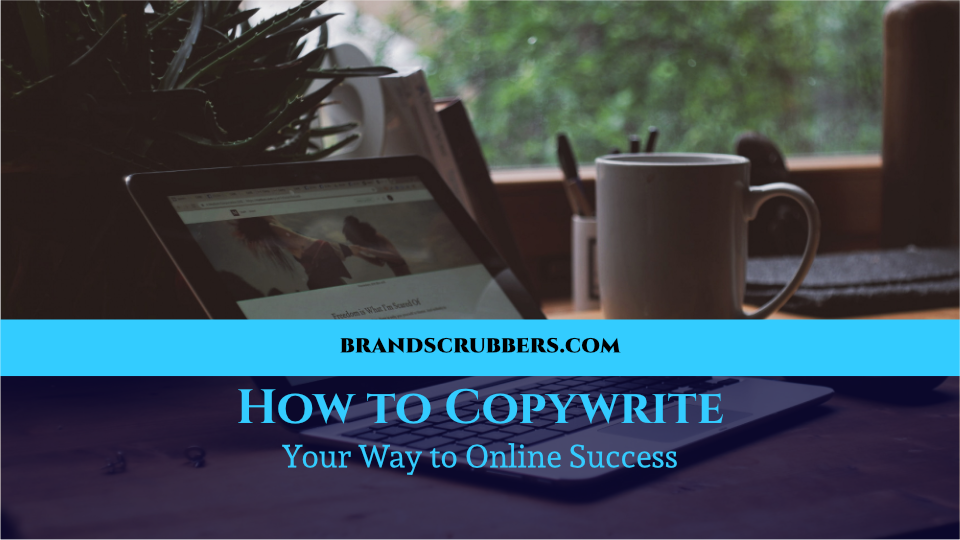What Makes Good Copy?
Good copy makes you take notice, click, jump, laugh, sing up or generally giggle with elated joy. It inspires a feeling and an action. In fact, an expert copywrite can chose to extract a very specific emotion. Then use that emotion to fuel their key action. To do that, our copywrite needs to know everything about their audience. As well as the product or service they are trying to gain traction with. Before you begin, I recommend defining your target market. Then have your audience profile handy. If you haven’t done so yet, here’s a great article to help you. Once you are armed with knowledge (because knowledge is power) you can start tackling the steps below.
Headlines
There are so many options when it comes to creating your headline. Some people like to use emojis and some don’t. Some like personalization and others don’t. At the end of the day, your headline needs to encourage them to read more. Period. If it’s not doing that, it’s not working. I generally use one of 5 when I’m creating compelling copy.
Direct
Say it like it is. Straight shooter. Short and simple. The direct approach is no fluff or bother and gets right to the point. No extra words or unnecessary embellishment just pure direct content. Examples:
- All Items 50% Off
- FREE Sample Inside
- LAST CHANCE! We’re discontinuing a product!
Benefit
Share with the reader how their lives will improve, or how the benefit, from your products or services. Examples:
- Improve productivity with this one thing.
- Burn more fat than if you ran 100 miles this week.
- Stop your migraines before they start with this fast-acting product.
Question
Question headlines are best used to capture reader attention. Then best used when you actually want feedback. They are tweaked to encourage engagement with your audience. Examples:
- Do you need more hours in your day?
- What color should our next product be?
- Are you a productivity action hero?
How-To
The DIY and How-To trends are here to stay. Why pay someone else to do something you could do yourself? These headlines scream instant value to the reader. Examples:
- How to Survive in the Age of Un-Marketing
- How to Conquer Unexpected Business Disasters
- How to Create a Website That Converts
There are other types too, but the above will lead you to success if used properly. Remember, the headline is there to encourage the reader to click and read more. Whether it’s on a search engine, social media post, or your own website.
Kickers/Hooks
Hooks, also known as kickers, are the first few sentences in your piece. They are intended to capture the readers attention. I do mean attention grabbing. These short blurbs will decide whether the audience delves further or bounces away. How you address this will vary depending on what you are writing for. For online copy, these sentences are usually used for social media content and advertising campaigns. They are the tasty morsels that drive clicks. The piece of candy that they must have. You can investigate different types of hooks. Like fact or anecdotal hooks, which will work in different situations. I always say to go with your gut, or when in doubt, ask your friends and family for feedback.
Body
Once you convince your audience to click with the headline, and draw them in with the hook, you’ll reach the body. This is your meat and potatoes, your chance to say it all, and say it well. Now, there is no rule saying you need a specific amount of copy. You do need the SEO requirement of 300 words per page minimum. Use your best judgement on how much copy you need. We can always come back and tweak later.


Recent Comments